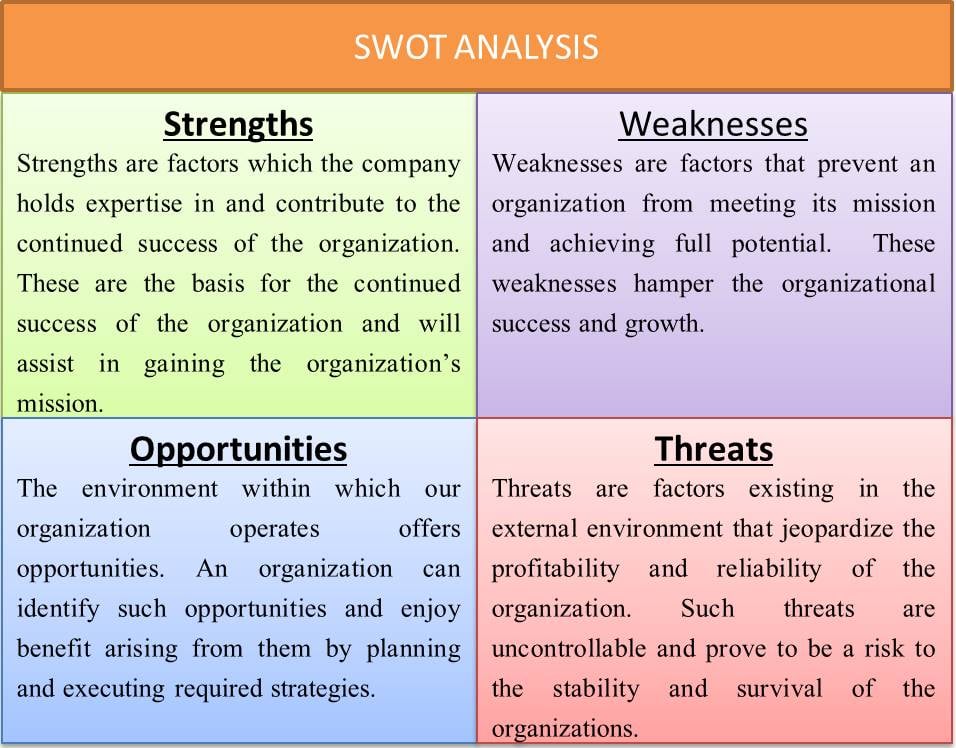-
Gallery of Images:

-
This paper solves explicitly an equilibrium asset pricing model with liquidity risk the risk arising from unpredictable changes in liquidity over time. In our liquidityadjusted capital asset pricing model, a security's required return depends on its expected liquidity as well as on the. Keywords: asset pricing, liquidity risk, expected returns Graduate School of Business, University of Chicago, NBER, and CEPR (Pastor) and the Wharton School, University of. This paper solves explicitly a simple equilibrium model with liquidity risk. In our liquidityadjusted capital asset pricing model, a security's required return depends on its expected liquidity as well as on the covariances of its own return and liquidity with the market return and liquidity. Liquidity and Asset Prices Yakov Amihud1, Haim Mendelson2 and Liquiditybased asset pricing empirically helps explain (1) the crosssection of stock returns, (2) how a reduction in stock liquidity result in a reduction in for being exposed to liquidity risk. These eects of liquidity on asset prices are important. The main contribution of this paper is that we integrate these two approaches in the literature by including both the effects of liquidity as a bond characteristic and various forms of liquidity risk in an asset pricing model. Asset Pricing Model with Liquidity Variables in Stock Market, Pithak Srisuksai, This study derives asset pricing model with liquidity variables to examine the relationship between expected returns and other explanatory variables in the case of Thailand an Asset Pricing with Liquidity Risk Viral V. Issued in October 2004 NBER Program(s): Asset Pricing This paper solves explicitly an equilibrium asset pricing model with liquidity risk the risk arising from unpredictable changes in. Wu, Ying, Asset Pricing with Extreme Liquidity Risk (October 10, 2016) My understanding is that this is a log average of the relative distance between the aggregated stocks' illiquidity measures and. The importance of liquidity to asset pricing has received substantial attention recently. Using a wide variety of liquidity measures, a number of empirical studies have investigated the relation between the level of liquidity and expected returns. 1 An important motive for workingpaper department ofeconomics bengtr. 9808 june, 1998 massachusetts instituteof technology. This paper solves explicitly a simple equilibrium model with liquidity risk. In our liquidityadjusted capital asset pricing model, a security s required return depends on its expected liquidity as well as on the covariances of its own return and liquidity with the market return and liquidity. Market liquidity risk manifests as market risk: inability to sell an asset drives its market price down, or worse, renders the market price indecipherable. Market liquidity risk is a problem. This book demonstrates the important role of liquidity in asset pricing. The analysis shows that higher illiquidity and greater liquidity risk reduce securities prices and raise the expected return that investors require as compensation. Liquidity Discovery and Asset Pricing Indeed, liquidity risk arises as the unique equilibrium of our model. detailed description of fully and partially revealing equilibrium outcomes and derive a market risk premium for liquidity risk. Liquidity risk is the risk that stems from the lack of marketability of an investment that cannot be bought or sold quickly enough to prevent or minimize a loss. The World Price of Liquidity Risk This paper species and tests an equilibrium asset pricing model with liquidity risk at the global level. The analysis encompasses 25, 000 individual stocks from 48 developed and emerging countriesaround the worldfrom 1988to2004. The nancial crash of 08 has brought home to many the importance of liquidity for asset pricing, and the literature on the intersection of liquidity and asset prices is expanding. I incorporate extreme liquidity risk into Acharya and Pedersen (2005) framework and find new supporting evidence for their liquidityadjusted capital asset pricing model. I explore potential economic mechanisms through which the rare and large fluctuations in stocklevel liquidity are priced. Abstract: This Paper studies equilibrium asset pricing with liquidity risk (the risk arising from unpredictable changes in liquidity over time). It is shown that the required return on a security depends on its expected illiquidity, the covariances of its own return, illiquidity with market return. Introduction In standard asset pricing theory, expected stock returns are related crosssectionally to returns sensitivities to state variables with pervasive effects In our liquidityadjusted capital asset pricing model, a security's required return depends on its expected liquidity as well as on the covariances of its own return and liquidity with the market. This Paper studies equilibrium asset pricing with liquidity risk (the risk arising from unpredictable changes in liquidity over time). It is shown that the required return on a security depends on its expected illiquidity, the covariances of its own return, illiquidity with market return, and market illiquidity. indicate that asset prices are affected by liquidity risk and commonality in liquidity. In this paper both the standard CAPM and the liquidityadjusted CAPM are tested on. Liquidity risk and asset pricing Hongtao Li Robert NovyMarx Mihail Velikov October 13, 2017 Abstract Pastor and Stambaughs (PS 2003) aggregate liquidity innovations can be closely repli 2 Liquidity in asset pricing: New evidence using low frequency data Abstract Employing a new proxy for liquidity, this paper examines its impact on stock returns in the Assessing and Pricing Liquidity Risk: An Economic Perspective of Asset and Liability Dynamics. Amnon Levy, Managing Director, Head of Portfolio Research. Assessing and Pricing Liquidity Risk October, 2011 Access to capital markets may be limited In Market Liquidity: Asset Pricing, Risk, and Crises, we have a collection of their papers, with coauthors, tied together with nice introductions to the three sections of the book, covering the effects of illiquidity on asset prices, the effects of the uncertainty of illiquidity on asset prices and the role of illiquidity in financial crises. 1 Asset Pricing with Extreme Liquidity Risk (Job Market Paper) by Ying Wu Abstract Defining extreme illiquidity as the tails of illiquidity for all stocks, I propose a direct measure of market adjusted capital asset pricing model, a securitys required return depends on its expected liquidity risk complements the existing theoretical literature on asset pricing with constant trading frictions (see, for instance, Amihud and Mendelson, 1986. Developed through extensive market research, Liquidity Funding Risk will feature a cuttingedge agenda with industry speakers at the forefront of this field. We provide a model that links an assets market liquidity (i. , the ease with which it is including that speculators capital is a driver of market liquidity and risk premiums. NBER Asset Pricing Meetings, NBER Risks of Financial Institutions conference, the. Liquidityadjusted capital asset pricing model This section derives a liquidityadjusted version of the capital asset pricing model (CAPM) and studies its asset pricing implications. Asset Pricing With Liquidity Risk This paper presents a simple theoretical model that helps explain how asset prices are affected by liquidity risk the inability to find buyers or sellers of securities at will and commonality in liquidity. This book is about the pricing of liquidity in securities markets. The authors present theory and evidence on the positive effect of liquidity on asset prices, why. these seminal papers and document the pricing of liquidity and liquidity risk in various asset classes. 1 However, none of these papers study the liquidity e ects of heterogenous investment horizons. In our liquidityadjusted capital asset pricing model, a securitys re quired return depends on its expected liquidity as well as on the covariances of its own. ABSTRACT In this dissertation, I investigate the eect of liquidity risk on asset pricing. In the rst essay, I test the liquidityadjusted capital asset pricing model (LCAPM) of asset pricing implications of liquidity and liquidity risk. Amihud(2002) nds that stock returns are increasing in the level of illiquidity both in the crosssection (consistent withAmihud and Mendelson(1986)) and in the timeseries. Pastor and Stambaugh (2003) show that the sensitivity of Random Risk Aversion and Liquidity: a Model of Asset Pricing and Trade Volumes Fernando Alvarezyand Andy Atkesonz Abstract Grossman, Campbell, and Wang (1993) present evidence that measures of trading Abstract: This Paper solves explicitly a simple equilibrium asset pricing model with liquidity risk the risk arising from unpredictable changes in liquidity over time. In our liquidityadjusted capital asset pricing model, a securitys required return depends on its expected liquidity as well. Liquidity and Asset Prices surveys the theory of liquiditybased asset pricing followed by the empirical evidence. The theory section proceeds from basic models with exogenous holding periods to those that incorporate additional elements of risk and endogenous holding periods. explicitly a liquidityadjusted capital asset pricing model (CAPM) wherein there are price e ects associated with the risk of changes in the liquidity of an individual security as well as in market liquidity. The intertemporal CAPM predicts that an asset's price is equal to the expectation of the product of the asset's payoff and a representative consumer's intertemporal marginal rate of substitution. This paper develops an alternative approach to asset pricing based on corporations' desire to hoard liquidity. This paper solves explicitly a simple equilibrium model with liquidity risk. In our liquidityadjusted capital asset pricing model, a security's required return depends on its expected liquidity. corresponds to the theoretical pricing model, in which both the liquidity level and liquidity risk are priced; it imposes the model constraint of a single risk price, then i. Unrivaled Asset, Industry, and Market Intelligence for Every Asset Valuation Scenario. Liquidity Services unmatched knowledge of valuation, industries, and asset categories ensures you get maximum value from every appraisal. Liquidity in Asset Pricing A (partial) survey Yakov Amihud Stern School of Business Liquidity premium is higher for smaller relative supply of liquid asset. Liquidity risk Pastor and Stambaugh, JPE 2003: Greater exposure to liquidity risk higher expected return..
-
Related Images:











